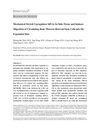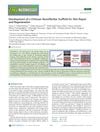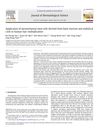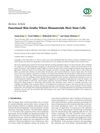Skin Regeneration: Strategies and Innovations
January 2016
in “
Springer eBooks
”
skin regeneration skin grafts tissue engineering natural materials synthetic polymers scaffolds extracellular matrix hydrogels wound healing biomolecules angiogenesis scar inhibition skin appendages growth factors gene therapy RNA interference stem cell-based therapies in situ regeneration smart biomaterial systems in vitro studies in vivo studies stem cell therapies smart biomaterials
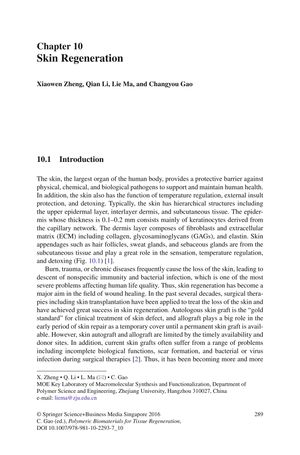
TLDR New materials and methods could improve skin healing and reduce scarring.
The document from January 1, 2016, explored various strategies for skin regeneration, emphasizing the limitations of traditional skin grafts and the potential of tissue engineering. It discussed the use of natural materials and synthetic polymers to create scaffolds that mimic the skin's extracellular matrix, and the design of hydrogels for wound healing and delivery of biomolecules. The document highlighted the importance of rapid angiogenesis, scar inhibition, and the regeneration of skin appendages, noting the use of growth factors, gene therapy, and RNA interference to improve the quality of regenerated skin. It also addressed the challenges and prospects of stem cell-based therapies and in situ regeneration techniques, suggesting that "smart biomaterial systems" that provide instructive signals for cell responses could lead to skin with complex structures and functions. The research included in vitro and in vivo studies, with the aim of enhancing wound healing and reducing scar formation.

